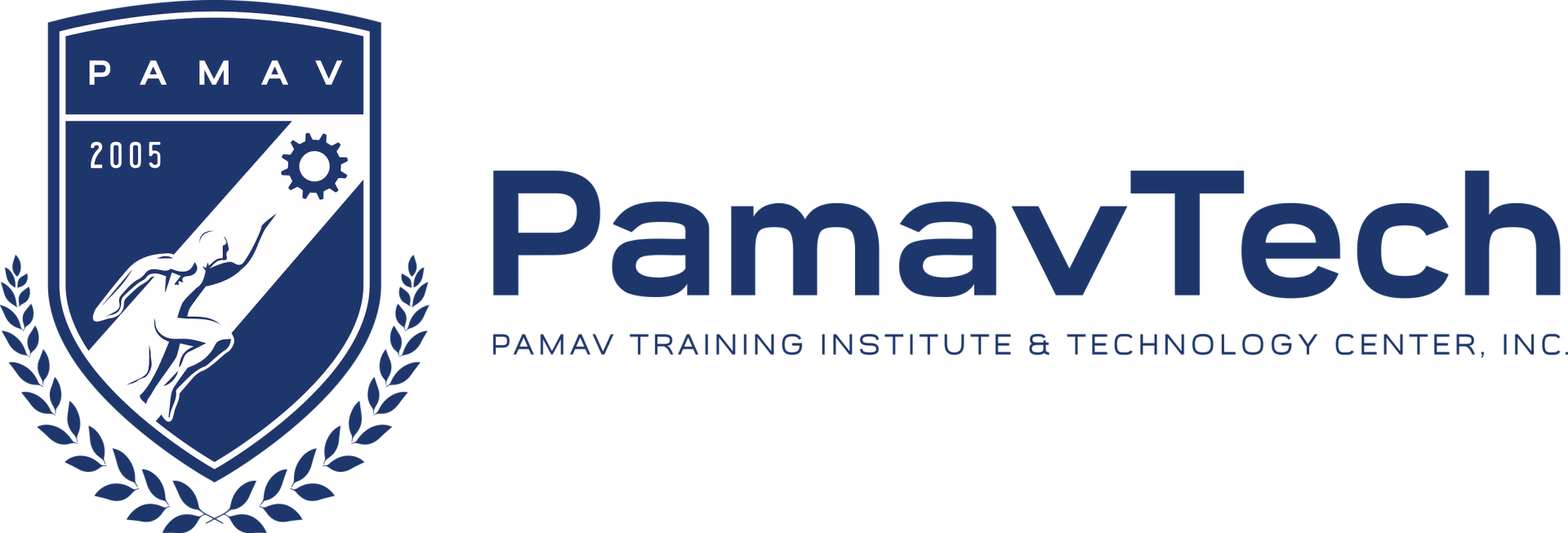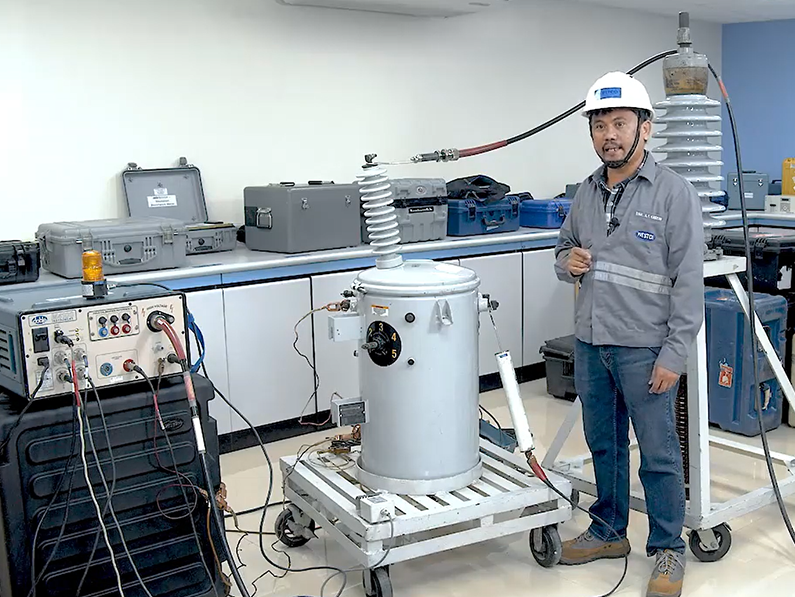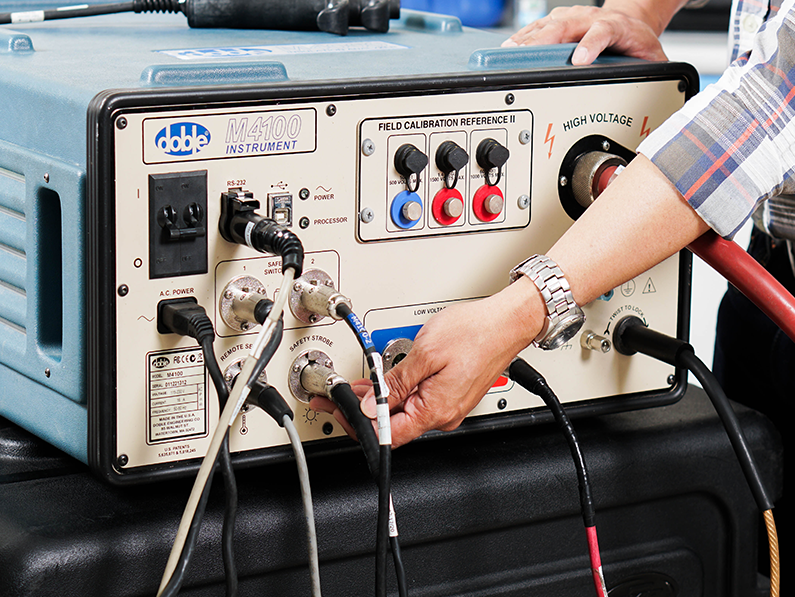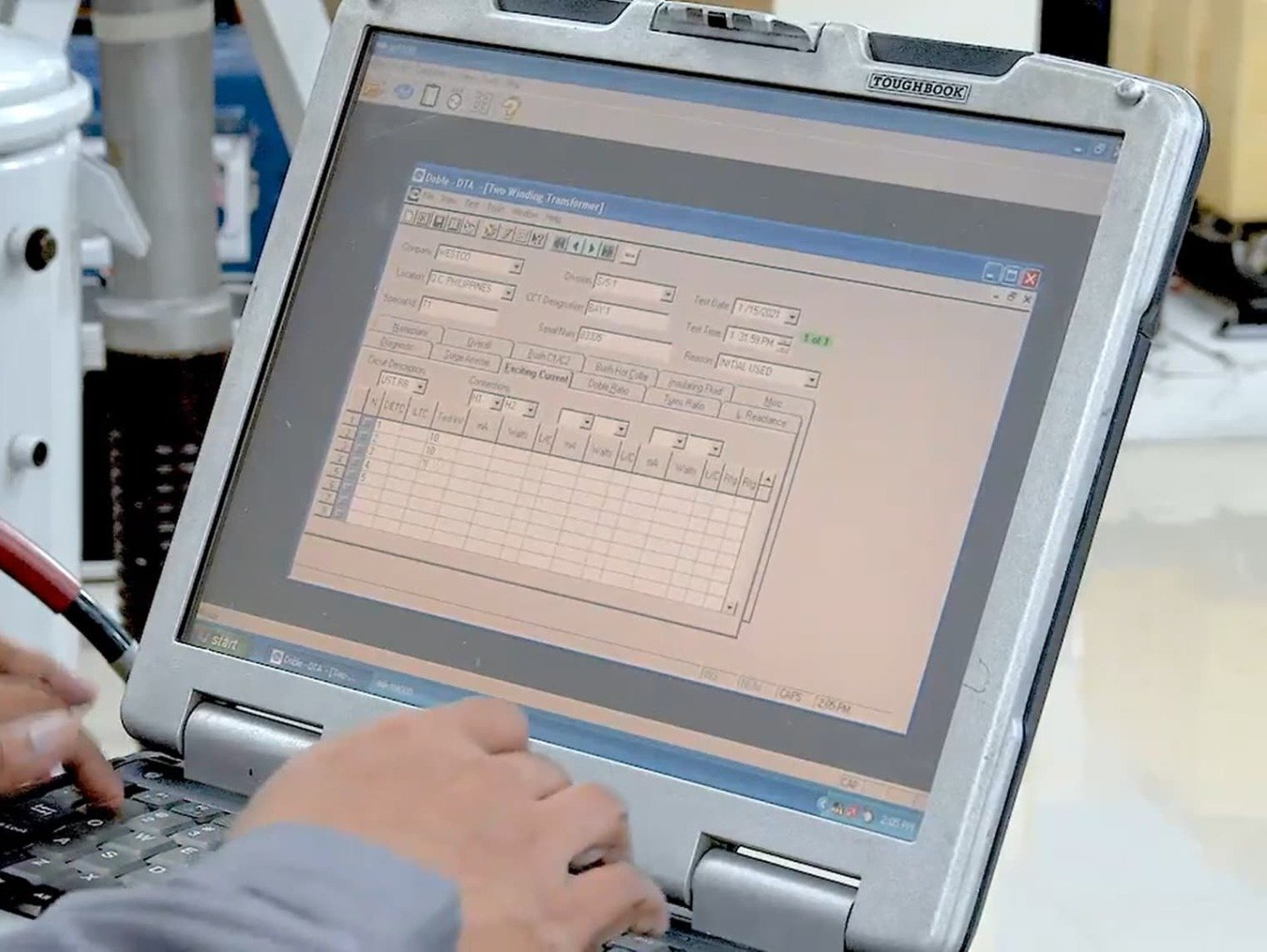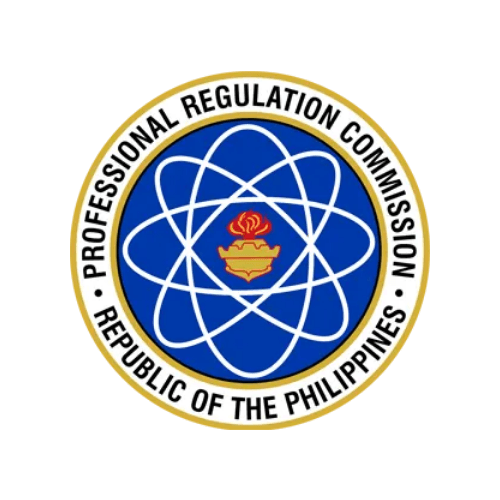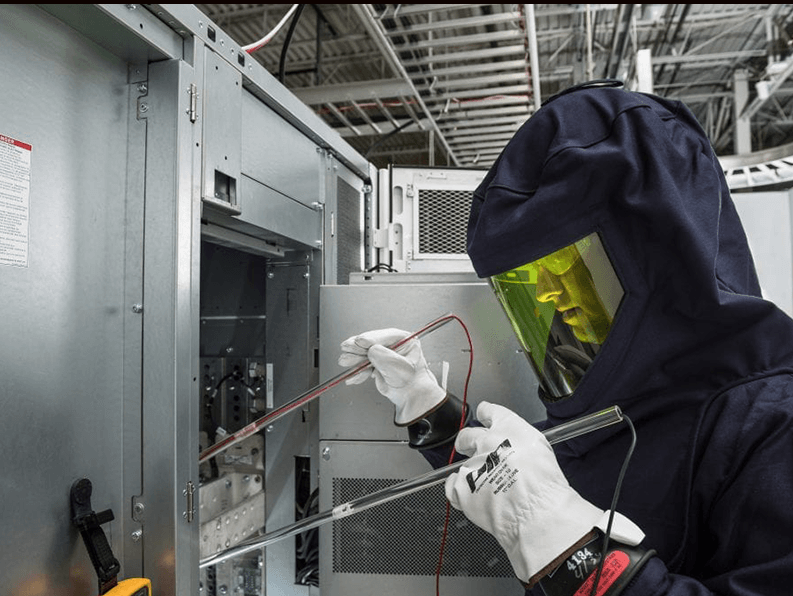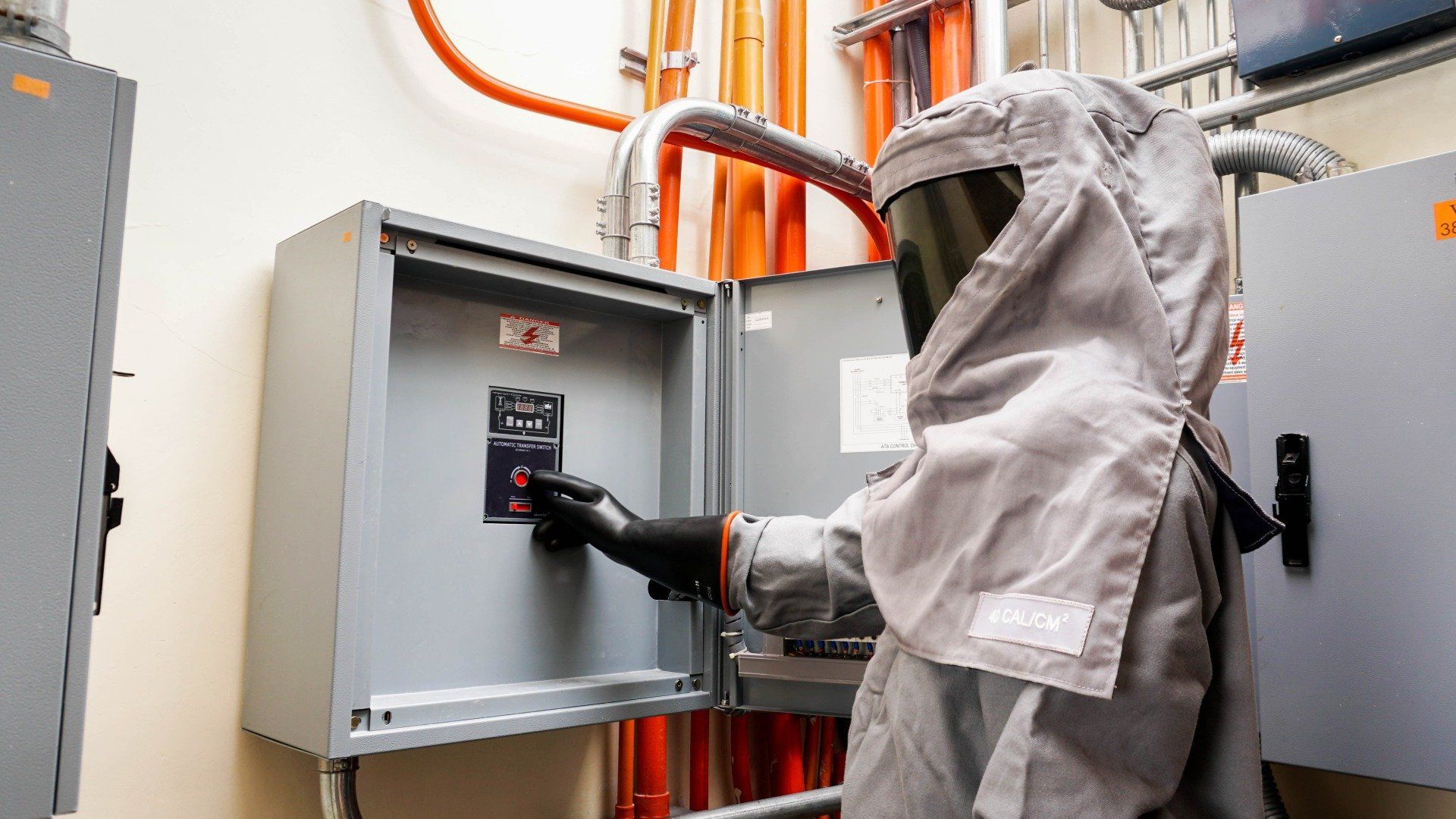Technical Programs
Insulation Power Factor Training for Power Transformer (with hands on)
This course provides participants with current methods and procedures used internationally, on predictive, periodic or condition based maintenance (condition base is - on line diagnostics and monitoring). The course is for substation maintenance staff or less experienced in power transformer tresting , or an experienced maintenance technical staff. This program will also cater to advanced test engineer to learn new concepts in power transformer testing, oil recycling or oil filtering concept, and basic results interpretation. The course will also focus on issues related to causes of bushing breakdown, arresters, oil, impedance, leakage reactance and most of all short circuits rating a transformer can withstand.
What you will learn from this program:
Discuss basic transformer fundamentals and Understand the latest transformer technology
Discuss making of a transformer
Enumerate basic oil and transformer testing methodology protocol
Identify and solve concerns of on the job practices
Discuss equipment application
Demonstrate actual IPF methodology and testing procedures
This program is for:
Top Courses
Electrical System Protection Coordination
Power System Analysis are an essential part of electrical power system design. Load flow analysis, short circuit analysis, and protection coordination are necessary to verify that the electrical system including the system components, are correctly specified to perform as intended, withstand expected stress, and be protected against failures.
Electrical Safety in the Workplace for Mission Critical Facilities
This program will discuss the Electrical Safety-related work practices necessary to prevent workplace accidents. The program involves topics on preservation and protection of both the workers and the physical assets in the workplace hence, promoting a safe and healthy environment.
Arc Flash Risk Assessment
Proper implementation of Arc Flash Risk Assessment can significantly reduce injuries from Arc Flash and Arc blast events.
